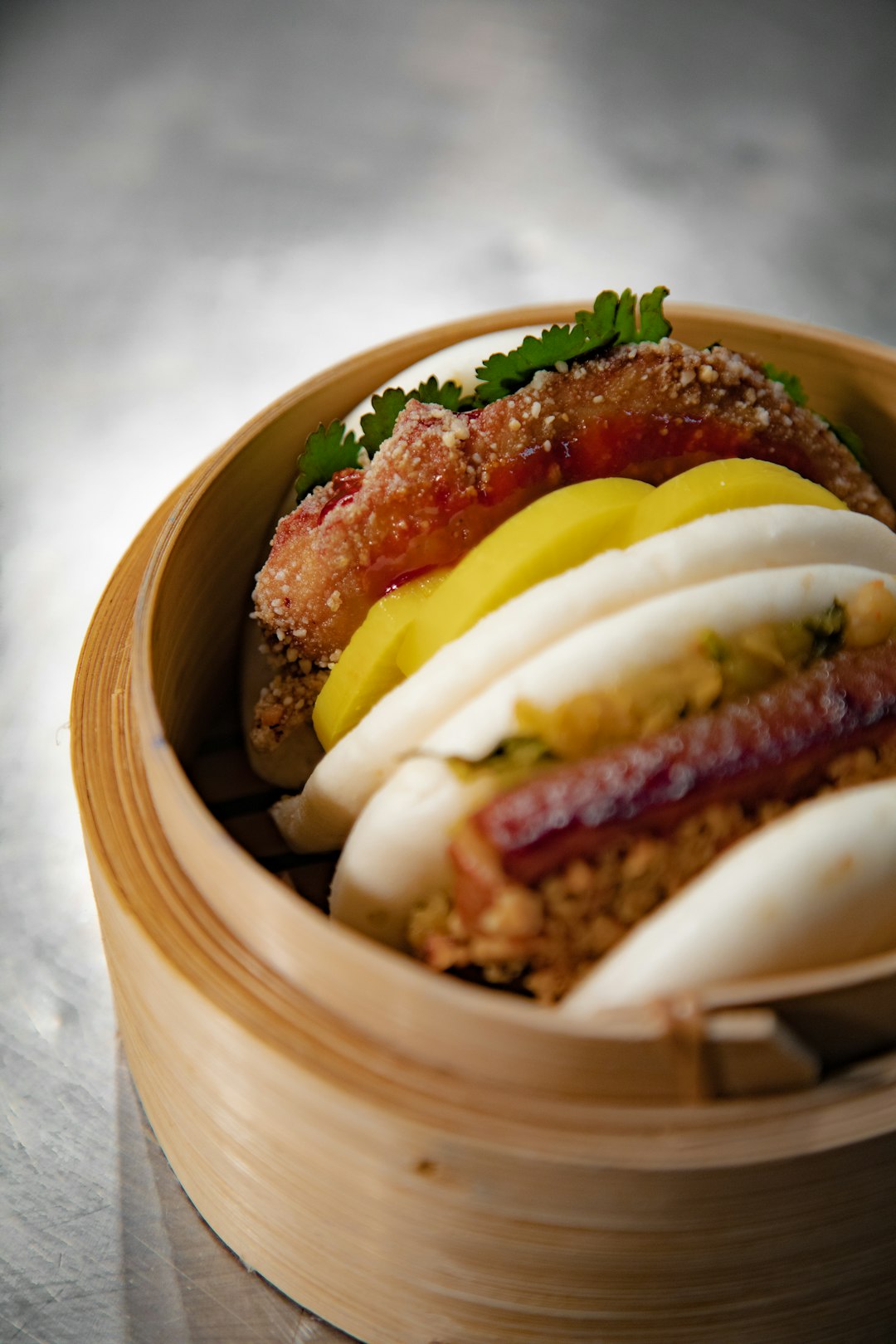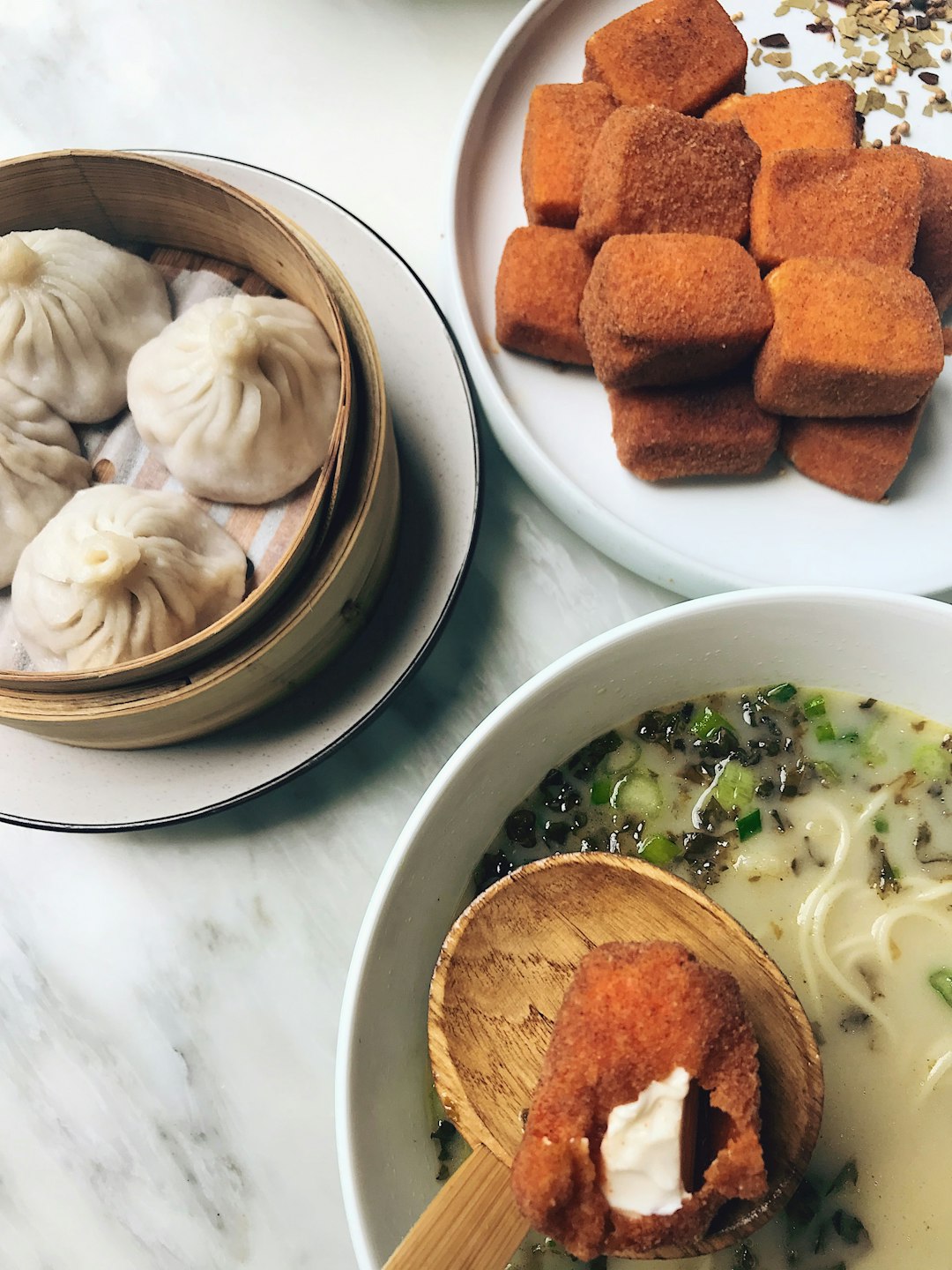Baozi, a steamed bun filled with delectable stuffing, has been an integral part of Chinese cuisine for centuries. This beloved delicacy is not only a popular street food, but it also holds cultural significance in Chinese history. Let’s dive into the journey of Baozi, tracing its roots to ancient times and understanding why it has become a cherished dish in China.
Baozi has its origins in the Northern Song Dynasty, which dates back over 1,000 years. During this period, Baozi was primarily consumed by the lower classes as a cheap and filling meal. The simple yet delicious combination of a fluffy steamed bun and a variety of fillings made it a go-to choice for those who sought a quick and satisfying meal.
As time went on, Baozi gained popularity and began to spread to other regions in China. Each region developed its unique styles and flavors based on local ingredients and culinary traditions. Today, you can find a wide array of Baozi varieties, ranging from traditional pork-filled ones to modern interpretations with innovative fillings like custard, red bean paste, and even seafood.
The art of making Baozi has been passed down through generations, with each family and restaurant having its secret recipe. The process involves making a soft dough from flour, yeast, and water, which is left to rise for a few hours. Once the dough is ready, it is divided into small portions and rolled out into thin circles. A spoonful of filling is then placed in the center, and the dough is pleated and sealed to create the iconic shape of Baozi.
Steaming is the preferred method of cooking Baozi, as it helps retain the moisture and flavors of the filling while imparting a soft and fluffy texture to the bun. Traditionally, Baozi is cooked in bamboo steamers, which lend a unique aroma to the dish. In recent years, modern kitchen equipment has made it easier to prepare Baozi at home, allowing people to enjoy this delicacy anytime they crave it.
Apart from its delicious taste, Baozi holds cultural significance in Chinese society. It is often associated with family, warmth, and celebration. In Chinese culture, making and sharing Baozi is considered a gesture of love and care. During festive occasions and family gatherings, it is customary for family members to come together to make Baozi, fostering a sense of togetherness and unity.
Baozi has also become a symbol of Chinese identity and a representation of Chinese cuisine worldwide. As Chinese communities have spread across the globe, Baozi has traveled with them, introducing people to the rich flavors and textures of Chinese food. Today, you can find Baozi in Chinese restaurants and street stalls in almost every major city, making it a beloved and familiar dish for many.
In conclusion, the journey of Baozi from its humble beginnings to becoming a cherished Chinese delicacy is a testament to its timeless appeal and culinary artistry. Its versatility, coupled with its cultural significance, has made it a staple in Chinese cuisine. Whether enjoyed as a quick street snack or as a centerpiece of a family gathering, Baozi continues to captivate taste buds and bring people together, celebrating the rich history and flavors of China.





